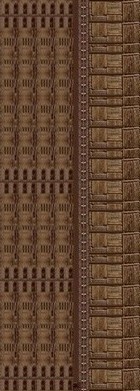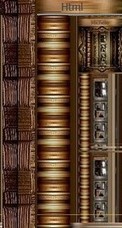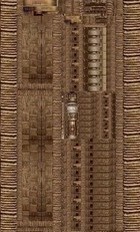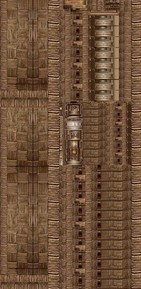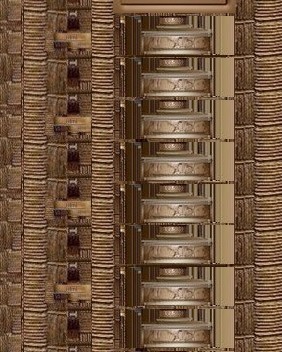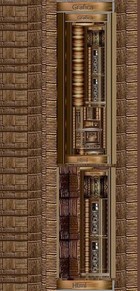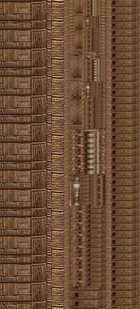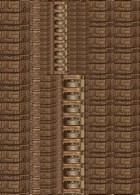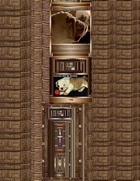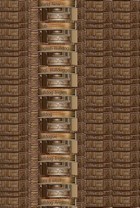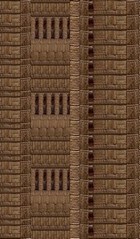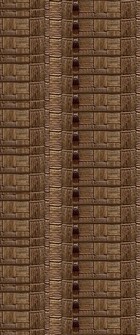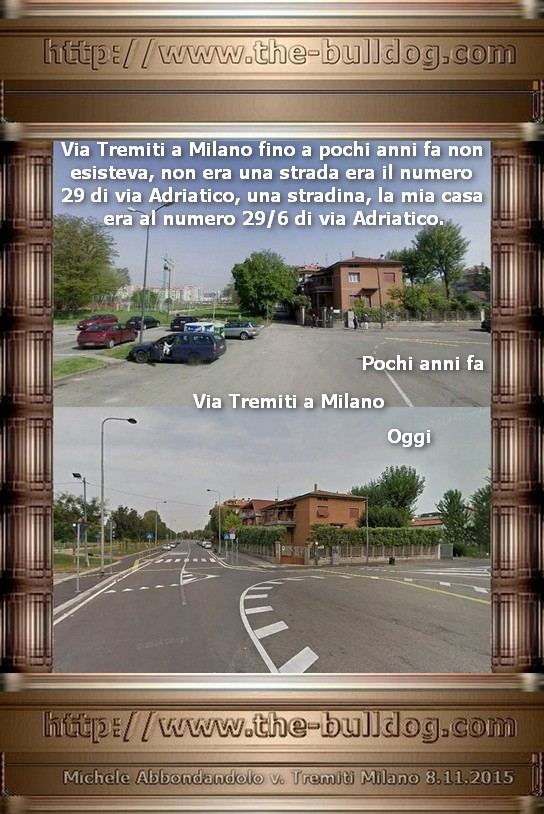


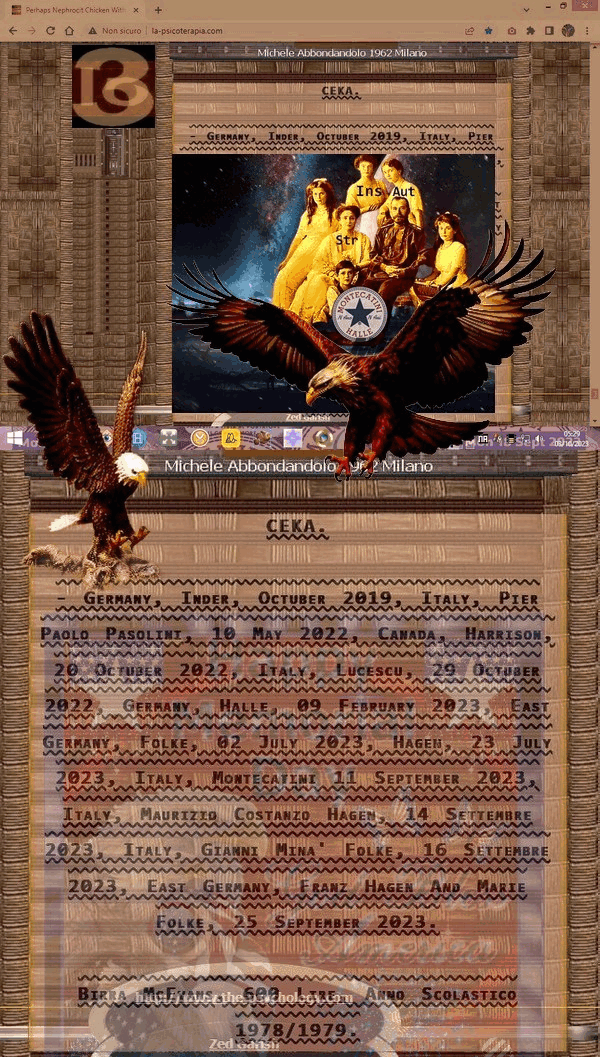


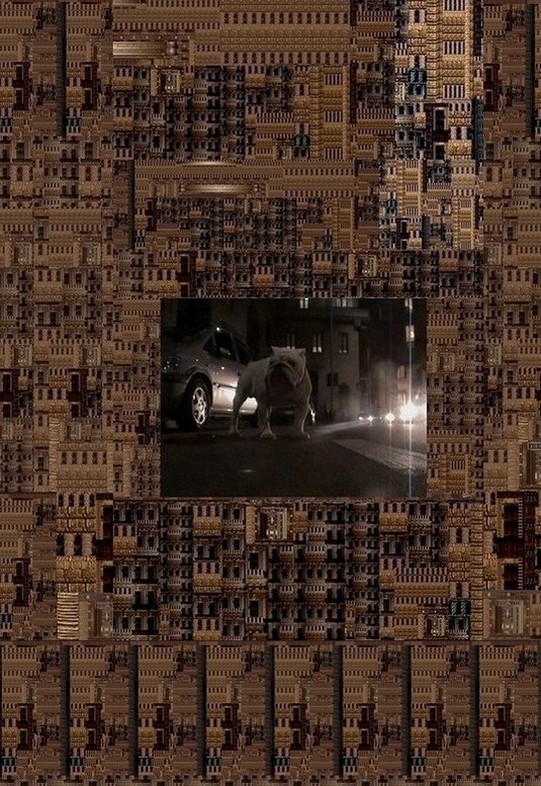
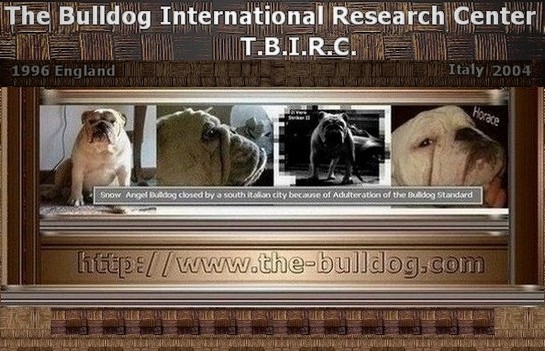

 CHINESE DOG: PEKINGESE TYPE
CHINESE DOG: PEKINGESE TYPE



It seems probable that it was from the Ch'ien Lung period
that the Chinese began to call these dogs " Peiching Kou " or
' Pekingese " a name which is now in common use through-
out China.
No ' Pekingese " appear to have been mentioned or
recorded by Lord Macartney's Embassy to Peking in 1792,
& the first authentic importation into England took place
in 1860. None were shown until some years later.
The official records of the later periods of the Ching or
Manchu Dynasty have not yet been compiled and published,
but it is probable that they will have nothing to say of the
pigeons of the Emperor T'ao Kuang & of the dogs of his
consort, matters well-known to modern hearsay, but not
considered by modern Chinese historians to be of fitting
importance for historical record.
This picture bears the Imperial Seal & congratulatory verses by three high
officials of the period
Picture presented to Prince Wei by the late Empress Dowager
Fanciers of the Pekingese breed of dogs, a breed
which, to the eye of the present-day European,
bears a closer resemblance than do the Chinese
& the European lion-dog to the King of Beasts, will ask
themselves such questions as : " How far back can the Pek-
ingese type be traced ? What is the origin of the breed &
of its distinctive points ? When was it first remarked as a
distinct type by the Chinese ? What is the date of its first
importation into Europe.
Knowledge of the existence of " short " & " square "
dogs a thousand or more years B.C. is scarcely evidence
definite enough to justify a positive statement that small dogs
existed in China at quite so remote a period. Use of the name
" pai " for a " short-legged " & " short-headed " type of dog
" which belongs under the table," at the end of the first
century A.D. is, however, evidence which speaks for itself.
That this type of dog was outdone by the dogs imported
from " Fulin " or " Folin," in both superior intelligence &
minuteness of size, appears perfectly clear from the en-
thusiasm with which the arrival of these dogs, which were
not unlikely of the then current Maltese breed, was welcomed.
As regards the points of these dogs, Chinese writers of the
T'ang Dynasty would probably have likened them to lions
had there been a striking resemblance or if any of them had
been particularly shaggy-coated, but they did not. No clear
similarity to lions is recorded before the time of Kublai
Khan. The first Chinese mention of a " lion-dog " in 1371
(Southern Sung Dynasty) probably dealt with the long-
coated variety almost invariably referred to by the Chinese
when they use the term " shih-tzu," & was a dog of fair size,
for it followed and attacked a murderer.
As the Chinese Imperial breed has ancestors which came
from Byzantium & were very possibly connected with the
Maltese of the period, it is of interest to add a few notes
summarizing what is known of that breed in Europe.
On the final division of the Roman dominions in A.D. 395,
Malta was assigned to the Empire of Constantinople. The
Hon. Mrs. Lytton, in her book on " Toy Dogs & their
Ancestors," points out that there were two " Melitas " (Malta
and Zapuntello*) famous for their dogs among the ancients,
& that they had two breeds, both small, one somewhat re-
sembling the modern " Maltese " & the other " Pomeranian "
in type. Without entering too deeply into the relationships
of the old type of Maltese dogs, it is of interest to quote one or
two references from The Hon. Mrs. Lytton's careful collec-
tion. The dogs of Melita were very famous as pets, & were
bred by the men & women of both Rome & Greece.
There are numerous references to the breed, both in poetry
& prose. Difficulties of transport & absence of shows,
no doubt, caused the breeds to have considerably less type
than modern breeds of dogs, but early references are almost
unanimous in describing the specimens as being very small.
Aristotle describes the marten as being about the size of a
Maltese dog of the little, tiny sort. Athenodorus remarks
that the Sybarites cared for nothing but Maltese puppy dogs
& effeminate men. Acterius, Bishop of Amacia (about
* This town in Italy has been connected through history with the breed, possibly
from a reference given by the unreliable naturalist Pliny.
A.D. 375-405) remarks " that the Turks who live in the towns
do not keep domestic dogs, and the dogs have no special
masters, except the very little tiny Maltese and Polonian
ones, which are much prized & which the women of good
family rear for pleasure." * Dr. Caius f wrote : " There are
also among us, among the kind of (or, another kind of) high-
bred dogs, but outside the common run of these dogs (namely)
those which Callimachus calls Melitei, from the Island of
Melita in the Sicilian Strait, whence that kind chiefly had its
origin also. That kind is very small indeed, & chiefly
sought after for the amusement & pleasure of women. The
smaller the kind the more pleasing it is, so that they may
carry them in their bosoms in their beds ; & in their arms
in their carriages. That kind of dog is altogether useless for
any purposes except that they ease pain of the stomach, being
often applied to it, or frequently borne in the bosom of the
diseased person (easing pain) by their moderate warmth."
Fleming, writing in 1576, added an explanatory note to his
translation of Dr. Cains, & remarked of the Maltese that
they were" dogges curled & rough all over, which by
reason of the length of their haire make showe neither of
face nor of body ; yet these curs, forsooth, because they
are so strange, are greatly set by, esteemed, taken up &
made of many times in the rooms of the Spaniels Gentle or
Comforter."
The Maltese was subsequently called the Shock dog.
Johnston, writing in 1755, describes the Maltese as being
' either short-haired or long-haired or maned." " In size
they resemble the ordinary weasel." " That they may be
born with shaggy coats, their keepers line the places where
they lie with sheepskins, that they may always have them
before their eyes." * "At Lyons in Gaul they were sold for
ten gold pieces each, & at Bologna for forty pounds."
In 1588 Harrison speaks of the Maltese, " the smaller they
be & thereto if they have a hole in the fore part of their
heads the better they are accepted." * This appears to be the
first European reference to the " stop " now characteristic of
all the breeds of Chinese toy-dog.
Overland communication between China & the Byzantine
Empire existed up to the time of Hung Wu in A.D. 1371.
Constantinople was taken by the Turks in 1453 ; exchange of
dogs may therefore have taken place up to this period, but
has not been recorded since the T'ang Dynasty.
The literati continued to call the small race of Imperial
dogs " Fu-lin " or " Folin " dog up to the middle of the
seventeenth century. This may have been a piece of the
literary conservatism common among Chinese writers. The
name would, no doubt, have persisted still longer had the
breed continued unchanged.
From the latter part of the twelfth century two other breeds
the long-coated Chinese Lion-dog & the Lo-chiang dog
were known to the Chinese. Probably no race was called
1 Pekingese '" in China much earlier than the seventeenth
century, though the Imperial court had taken up residence at
Peking about the middle of the thirteenth century. The
people of Peking have no special distinctive name for the
" Pekingese " type of dog. This presumably is evidence in
favour of its having always been the predominating type among
the pet-dogs of the city. No paintings on porcelain or porce-
lain models of the Pekingese type, dating from earlier than
the beginning of the nineteenth century, are known to exist.
It has been suggested that the Japanese toy-dog, whose
importation to Japan dates from the seventh century, indicates
the nature of the " Pekingese " breed of that period. This
argument, however, must not be given undue weight, for
there has been much communication between the Chinese
and Japanese courts at subsequent periods. It is quite pos-
sible that the modern Japanese spaniel has varied from the
black-&-white Pekingese, common in Peking, only within
recent years. In 1867 Dr. W. Lockhart wrote that " a small
black-&-white, long-legged, pug-nosed, prominent-eyed
dog " was one of the two kinds of Pug in China.* It has been
remarked that the Japanese is more apt than the Pekingese to
breed true.
The Lo-chiang dog was a " pai " dog & consequently
small, "short-headed," & "short-legged" before A.D. 1000.
It was very possibly the Chinese pug and appears to have
been fashionable at the Chinese court from the beginning of
the eighth century to the middle of the eleventh century
possibly even to the removal of the capital from Hsianfu to
Peking, about A.D. 1153.
During the Yuan Dynasty, 1206-1333, there are two refer-
ences to the " golden-coated dogs," which, on one occasion,
are called " nimble " dogs, " commonly bred by people them-
selves in their own homes." During the Ming Dynasty
(1368-1628) lap-dogs appear to have been out of fashion.
For the first two hundred years China was practically closed
to Europeans. Cats appear to have taken the place of dogs
in Palace popularity. That the dogs were still bred appears
certain, however. " The lion is tawny like the golden-
coated ' nao ' dog," remarks a book of the period foreigners.
Jesuit priests were resident at the Court in Peking,
& Kircher, writing in the first days of the Dynasty, remarks
that the noble ladies " to pass away their time sport with little
dogs, birds, & such delights."
The Manchus, being of Mongolian origin, naturally en-
couraged the Lamaist form of Buddhism. Thibet had been
conquered in 1645, & in 1653 the Dalai Lama paid a visit
to the Emperor in Peking. The popularity of small lion-
like dogs at their court appears to have been stimulated by
reasons of state in addition to that affection for animal
curiosities which has been common to the courts of both
East & West from the earliest times. The Manchu Em-
perors, surrounded by a horde of sycophants & flatterers,
& known as the personifications of the Sun & Sons of
Heaven, were the last to diminish the importance of any
practice which would bring them into association with the
Buddhist deities.
The Tibetan grand lamas encouraged this similitude.
According to Chinese authorities they originated the Manchu
dynastic name, basing it upon the name of Manjusri Buddha,
the Chinese Wen Shu, who is always represented in Chinese
sacred literature as riding upon a lion. " According to report
handed down by the ancients, the Manchu power was
strengthened from the time that in sending state dispatches
the Tibetans honoured the Manchu Emperors by calling
them the Man Chu Hsi Li (Manjusri) Emperors, which name
in the Buddhist Gospels denotes Wen Shu Buddha."* A
Chinese scholar suggests that the sending of lion-dogs to
Chinese Emperors by the Tibetans symbolized presentation
of lions to Wen Shu Buddha.
The early Manchu Emperors were extremely fond of sport,
& spent much of their time in hunting & shooting. They
May nine generations live together in peace." Lions &
embroidered balls kept numerous dogs for the pursuit of deer, tiger, & bear
in their parks, & even used hunting-lions. It is, therefore,
not surprising that the court ladies took special interest in
pet-dogs a race which is considered by the Chinese of Peking
to be specially associated with the Manchus. In the north
Manchurian home of the dynasty breeds of toy-dog still
exist. . ,
Association of the Manchu Emperors with Lamaism, with
Manjusri, whose " hah-pah " dog was transformed into the
mighty lion upon which the Buddha was accustomed to ride,
& with the numerous Lamaist monuments of spirit-lions
cast or chiselled during the days of Ch'ien Lung & K'ang
Hsi, suggests that it was during early Manchu days that the
"golden-coated nimble-dog" of Peking became modified by
a combination of the characteristics of the breeds existing in
Peking and in Manchuria, to something of its present form.
The cult of the lap-dog in China appears to have reached
its chief development during the Tao Kuang (1821-1851)
period. The Chinese will explain that the Manchu nobles &
ladies never had greater surplus of rents & " face-powder "
money to send to the " Old Home " in Manchuria than during
the Tao Kuang period, & it was possibly then that the
; sleeve-dogs," stunted dwarfs of any breed known to exist
to this day at Aigun * and Hsia-kwei in Northern Manchuria
The following is from a reliable Chinese correspondent : " A breed recognized as
sleeve-dogs exists at Aigun in Hai-Lung-Kiang, and in all the vicinity. I have a friend
who is a native of I-Lan, where, he says, sleeve-dogs are very plentiful. They are
very small & extremely intelligent. They can take things with their mouths as
men do with their hands. They know how to sit, beg, roll & to do other tricks.
Owing to their small size & weakness, they are always defeated by cats, when caused
to fight with them.
" Most of the rich persons, managers of shops, or those of such inclination keep
these dogs. During the period when big sleeves were fashionable, these dogs were
kept in the sleeves & were called ' sleeve-dogs.' At the present time, however,
they are called " Pen-Lo " (lump forehead) ' Pa-Erh,' or the ' Shih-tsu Pa-Erh ' (lion
Paerh). The name ' sleeve-dogs ' has disappeared.
were imported into Peking. After nearly a century of
peace & prosperity, the inhabitants of the capital had become
rich, food stood at less than a quarter of its present prices, &
the cost of living was extraordinarily low. It was possibly
at this period, if not at the time of Lord Macartney's visit to
Ch'ien Lung in 1795, that England first heard of Chinese
" sleeve-dogs," & of the curious custom connected with
their name a name, by the way, which is now unknown to
dog-fanciers in Peking. Dogs do not appear to have been
carried in the sleeves in Peking within the last seventy years,
for the late Empress Dowager objected to the artificial
dwarfing of such small dogs, which are always in the nature
of freaks. Broad sleeves have been out of fashion in Peking
since 1900.
It does not, however, appear at all certain that the custom of
carrying dogs in their sleeves originated among the Chinese. *
Of the shock or comforter (now called Maltese) dogs Dauben-
ton, a commentator on BufTon's " Histoire Naturelle,"
remarks : " These dogs were very fashionable a few years ago,
" The following are average measurements of this kind of dog :
Length of body 7-8 in.
Height of body . . . . . . 3.5 or 1.8 in.
Length of leg i .6 or i .8 in.
(Measurements converted from the Chinese.)
Tail, together with fringe about 3 in.
Coat : Same as the Pekingese (' Pa-Erh Kou *).
Long-coated & short-coated.
Head : Upper part rectangular & under part round.
The forehead is high ; mouth very short ; bridge of the nose pressed
inward ; tip of the nose tilted upwards ; panther eye ; ear like the
leaf of the apricot. The head may be generally described as a
' lion head.'
" From the above it appears that there is practically no difference between these
dogs & the Peking ' Pa-Erh ' dog.
" This kind of dog produces only one or two in each litter. In the city of Kirin
itself there are many long-mouthed large ' Pa-Erh * dogs. It is unknown whether small
specimens of this breed of dog exist there."
but at present are hardly seen. They were so small that the
ladies carried them in their sleeves."
The long coat, including the flowing sleeve, was for many
centuries the Chinese hallmark of gentility. During the K'ang
Hsi period spectacles and thumb -ring gave added importance
to the wearer, & a little later it became the fashion to greet a
friend by producing a costly snuff-bottle for his admiration
and refreshment. This custom became universal under Tao
Kuang, a stout supporter of snuff. His conjugal devotion
& the passion of his wife for dog-breeding were therefore
fittingly pictured upon the snuff-bottle. So carefully was the
breeding of the Palace dogs attended to during this period,
that eight distinct varieties are said to have been evolved,
giving a fresh meaning ("pah'rh '" in colloquial " eight ") to
their race-name. Their differences appear in some cases to
have been largely a matter of colour & length of coat. The
Yellow City must have been the home of many thousands
of dogs, & the eunuchs, up to four thousand in number,
living in the " Forty-eight Places " of the palace, vied with
one another in producing remarkable specimens. It was not
the custom of that period to dock the tails of the palace dogs!
This custom does not appear to have been introduced previous
to the Hsien Feng (1851) period. This Emperor shared the
enthusiasm of his predecessor for the Imperial breed. Short
' docking " appears to have been introduced, & to persist,
under the impression that more compact growth of the body is
thereby induced.
The late Empress Dowager Tzu Hsi's fondness for the
' Pekingese " breed is well known. She & the Eastern
Empress had nearly a hundred dogs under their personal
supervision about thirty-five years ago. She seems to have
encouraged the comparison of her lion-dogs to the spirit-lions
of Buddha, with a view to attracting to herself universally
known in China as the " Old Buddha " more of the prestige
rendered to the Lamaist Buddha by the might of his super-
natural leonine supporters.
Miss Carl, who spent ten months at the Chinese Court, says
that the Empress, being an artist, was chiefly interested in
breeding to colour & in developing symmetrical markings on
her dogs. She was most desirous of securing a white forehead-
spot & symmetry of saddle-mark upon the back of her
specimens. She strongly deprecated the development of any
abnormality of form, such as very bowed legs, short nose, or
protruding tongue. One of the favourite dogs of the Empress
was of the long-coated variety, which she called Tibetan.
The Empress Dowager was not successful in breeding this
somewhat delicate race.
Miss Carl saw some of the Imperial dog-books. The only
dog described as a " sleeve-dog " was a short-coated variety
of very small size. The Empress Dowager objected strongly
to stunting in Pekingese or any other breed.
Europeans appear to have first remarked the " Pekingese "
breed of dogs on the occupation of the Chinese capital in
1860. The finding of a small " Pekingese " dog (afterwards
christened " Looty ") by Capt. Dunne at the destruction of
the Yuen Ming Yuan Palace by the Allied troops, & its
subsequent presentation to Queen Victoria, are matters of
history. At least six specimens appear to have reached
England during this period, but the only offspring of the dogs
then imported appears to have been that of the pair secured by
Lord John Hay.
Dr. Rennie remarks in 1861 that the breed of Peking dogs
was a very peculiar one " something between the King
Charles & the Pug." He states that many of the dogs
were forcibly taken from their owners during the occupation
of the city. He also describes a visit to the Lung Fu Ssu,
where he purchased " one of the little dogs peculiar to Pe-
king," & paid about two-and-a-half dollars (then about ten
shillings) for it, another being bought for twenty dollars.*
The difficulty of obtaining dogs from the palace prior to the
Boxer troubles in 1900, together with the long voyage to
Western Europe, accounts for the fact that few palace speci-
mens were imported prior to the death of the late Empress
Dowager in 1911.
After the Boxer trouble, on returning to Peking from
Shansi, the Empress Tzu Hsi presented Mrs. Conger, wife
of the American Minister, with a pair of the palace dogs. She
also gave one to Miss Carl, who painted her portraits, one of
which includes the Empress's favourite dog Shadza (lit.
" fool ").
At the funeral of the Empress Dowager in 1911, Moo-Tan
(Peony), a yellow-&-white dog with a white spot on its
forehead, was led before her coffin by the chief eunuch, Pi
Hsiao Li, in obedience to the precedent which had been set
nine hundred years before, when the favourite dog of the
Emperor T'ai Tsung of the Sung Dynasty was led in state to
his master's tomb. In due accord with precedent, too, the
late Empress's dog was supposed to have died at the time ;
others state that it was sold by one of the eunuchs.
The Lung Fu Ssu Temple, mentioned by Dr. Rennie, is
now the scene of a fair held for six days in every month.
It shares with the Hu Kuo Ssu, another old Lamaist temple,
the distinction of being the only Chinese market for " Pek-
ingese " dogs, & is regularly attended by eunuchs from the
palace, who often sell inferior dogs at prices varying from a
few to about thirty dollars. The story is current in Peking
of the much-prized European pet of the Imperial breed which
was stolen & ultimately redeemed from a Chinese owner.
D. F. Rennie, " Peking & the Pekingese," John Murray, 1865.
500 Bulldog Pages Multilanguages.


The breeding of dogs within the precincts of the Imperial
Ancestral Temple was prohibited. Under the Emperor Wan
Li (1563-1620), in spite of this prohibition, a certain eunuch
named Tu secretly kept a small hai-bah f or hsieh-bah
* The French version reads " cats.'
f Hai-Bah (or Ai-Bah) Dog. The name " bai " is found lengthened by either of the
three characters " ai," " hai," or " hah." Of these " ai " and " hai " appear first in
the Ming period, during which the generic name was " hai-pah " or " ai-pah." The
character used for " ai " means " short." That for " hai " in the Ming word " hai-
pah " dog was either a character meaning " sea " all lions & mythical monsters
are even now considered by superstitious Chinese to belong to the sea or one
meaning " unicorn," an animal often confounded with the Buddhist lion. The
dragon-world underneath the sea is part of primitive Chinese mythology, & the
Chinese spirit-lion was classed as one of the fabled nine dragon children. The lion-
unicorn or " hsieh-chai " is found embroidered on the robes of censors & judges, &
indicates the fifth grade of official rank. The " hsieh-chai " is also found, but very rarely,
in place of the lions outside a Buddhist temple. In Shantung the name for the small
faience dogs (the origin of which is anterior to the introduction of Buddhism into
China) which guard the corners of all important roofs against fire, is " hai-bah " dog
literally "sea small dogs."
The term " hah-bah " dog does not appear previous to the Ching or Manchu
Dynasty. The Manchu name for the small dog species is " Kha-per-i," pronounced
ha-per-i. Laufer considers the term " hah-pah " to be of Turkish origin. It seems
not unlikely that the Manchu influence has brought about the use of a word con-
founding ha-per-i & hai-bah-rh, & modifying each to the name " hah-bah-rh "
which means, in colloquial Peking dialect, " to limp, to roll in the walk." This word
would, to the uneducated Chinese, have some sort of meaning applicable to the
slightly rolling gait encouraged in the Pekingese breed, while the word " hai-bah " or
" Kha-per-i " would convey little, or no meaning whatsoever.
There appears to be little doubt, although there are no written records on the
point, that the commonest vernacular name in the Tao Kuang period was " bah-rh,"
dog. This appears certain from the testimony of living witnesses & from the
[lit. " unicorn " " scratch " or " scramble "] dog to which
he was attached. This came to the knowledge of a certain
chief eunuch of the Board of Punishments well-known for
his relentless severity. He threatened to inform the Emperor
of this crime, but was dissuaded by a douceur of something
over 1000 taels in silver.
It was during the Ming period that modern European
traders first entered into trade relations with the Chinese
Empire the Portuguese in 1516, the Spanish from the
Philippines in 1575, the Dutch in 1604, & the English in
the dying days of the dynasty in 1637 ; the Portuguese
traded solely at Canton, the Spanish permitted the Chinese
to trade with them at Manila, & the Dutch & English
traded at first at Amoy and in Formosa.
From as early as the Sung Dynasty direct foreign trade
with the Chinese capitals had been but slight. Merchant
caravans from the seven or eight kingdoms on the western
frontier of China were allowed in under pretence of being
ambassadors bearing tribute to the Chinese Emperors. They
brought public letters forged in the names of the sovereigns
they professed to represent, with jade, diamonds & similar
merchandise suitable for such arduous overland transport.
In exchange they received lavish entertainment and presents
far exceeding the value of their own. The Jesuit records of
occurrence of eight dogs in certain illustrations of the breed a pictorial pun on the
Chinese word for " eight " which has the same sound, " bah-rh."
The Chinese are so weak in exact definitions & scientific distinctions, that it is
difficult to decide the question as to whether " bah-rh " or " hah-bah " has the wider
significance at the present time. Both termms are commonly used in Peking to denote
any small pet dog of any breed, Chinese or foreign ; but the Chinese readily use the
words " Shih-ze " or " Lo-sze " as qualificative of the " ba-erh " dog, meaning " lion "
or " pug " small dog ; yet they refuse similarly to qualify the " hah-bah " dog. This
appears to indicate that the " bah-rh " dog is the broad stock from which the Chinese
consider the lion dog & the pug dog to be minor offshoots, while the term " hah-
bah " mmay be taken to commprise what is probably an amalgamation of several varieties,
which were probably fairly distinct in the Tao Kuang period & are now roughly
comprehended in the English breed named " Pekingese."
The early part of the seventeenth century refer to these sham
embassies, & state that " the Chinese themselves are quite
aware of the imposture, but they allow their Emperor to be
befooled in this mmanner as if to persuade him that the whole
world is tributary to the Chinese Empire." *
There is said to be a record in the Peking palace archives
to the effect that during the reign of K'ang Hsi (1662-1723)
or Ch'ien Lung, a high official named Fu sent a " Chin Mao
Shih Tzu " (golden-coated lion-dog) to the Emperor. Kircher,
writing about 1667, figures the mmonarch of the " China-
Tartarian Empire," who must have been K'ang Hsi, & a
short-coated dog of spaniel size having a long nose &
straight legs. The dog wears a collar with bells, & has a
ring, with a bell attached, through its ear.
Forty-two years later Peter the Great sent an embassy to
the court of the Emperor K'ang Hsi. It was received with
greater honour than has been shown to any other embassy
before or since. In its records we read that on its arrival, by
the land route, at Peking an envoy was sent by the Chinese
Emperor to welcome the Ambassador. ' The aleggada
remained for the space of three hours, talking on different
subjects. The minister, it seems, was a great sportsman.
He asked to see the ambassador's dogs, which were a few
greyhounds & some French buckhounds. He was desired
to receive, in a present, any of them which pleased him best^,
but he would accept only a couple of greyhounds."
November 29. " The ambassador at the same time delivered
to the Mandarin, as a present from himself to the Emperor,
several toys of value, a fine mmanaged horse, somme greyhounds
& large buckhounds.
" Everything was entered in a book very exactly, even the
names & qualities of each particular dog. There was also
tied about the neck of each dog a yellow silk cord drawn
through a hole in a little bit of wood which hung from the
dog's neck as a mmark of its belonging to the court. The
Chinese in general are very fond of little harlequin dogs that
play monkey tricks. A servant of ours had one of that kind
which he sold for an hundred ounces of silver." *
K'ang Hsi allowed the Jesuit missionaries to build their
cathedral near the palace in Peking, & this appears to be
the most likely period for introduction of the Peking races of
dogs to Europe from China or Japan, for specimmens must
have been procurable in the Chinese capital and provincial
cities.
In speaking of the local products in Peking, a book of the
Ch'ien Lung period (1736-1796) says that the city is noted
for its Persian cats, which are of great size, & for its Fu
Ling dogs, which are extremmely small. Peking & the
province of Chili did not cease to be famous for their cats
with this period, for the Abbe Grosier states in 1819, " The
cat, in China as in Europe, is the tender object of predilection
& the favourite of the gentler sex. Those of the Province
of Pechili have obtained preference over all their rivals by
their pretty ways & by their fine coats. The Chinese
ladies never allow them to leave their apartments, where the
most delicate of nourishment & the tenderest of care are
lavished upon them. These cats are of a pure white, their
coat is very long, the hairs fine and silky. Their ears are
pendent. They do not catch mice, & leave this ignoble
chase to the cats of vulgar race with which, be it noted, China
is abundantly supplied."
* Pinkerton's" Voyages," vol. vii, p. 381 ; Bell's " Travels in Asia "; Ismayloffs
" Embassy to Kamhi," 1719.
f " Jih Hsia Chin Wen K'ao."
j Grosier " De la Chine," vol. iv, p. 2 and 5.
It seems probable that it was from the Ch'ien Lung period
that the Chinese began to call these dogs " Peiching Kou " or
' Pekingese " a name which is now in common use through-
out China.
No ' Pekingese " appear to have been mmentioned or
recorded by Lord Macartney's Embassy to Peking in 1792,
& the first authentic importation into England took place
in 1860. None were shown until some years later.
The official records of the later periods of the Ching or
Manchu Dynasty have not yet been compiled & published,
but it is probable that they will have nothing to say of the
pigeons of the Emperor T'ao Kuang & of the dogs of his
consort, matters well-known to mmodern hearsay, but not
considered by modern Chinese historians to be of fitting
importance for historical record.
Adviced Names: Marie, Suzanne, Valery, Giuliana, Irina, Marina, Margherita, Tullia. Franz, Manolo, Emanuele, Valery, Giuliano, Rino, Marino.
The Cartel On The 06th Of Octuber 2023:
1) 1970, Mr. Pongo Hagen 170cm Max, Dark Eyes.
2) 1976, Montecatini Halle East Germany 11.09.2023.
3) 1980, Enola Gay Photographic Overlay.
4) 1995, A Rimini Ho Trovato I Servizi Segreti.
5) 1930, www.la-psicoterapia.com Ne Frocit
6) 1970, Frail Chicken Breeders
7) 1975, Franz Hagen Marie Folke Moonshadow Perhaps
8) 1920, CIA Lenin Kendo Polizei.
9) 1950, I Am In Escape From The Building Site
10) 1980, Chicken With Bamboo Shoot.
11) 1980, McEvans Beer 600 Lire.


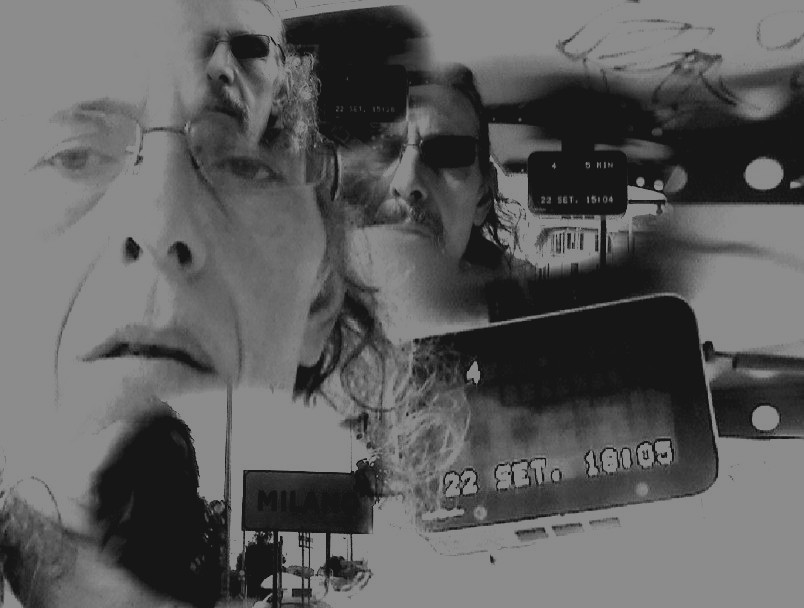
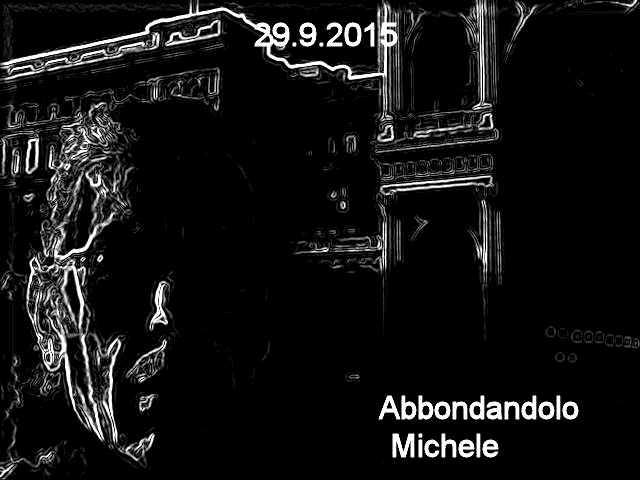
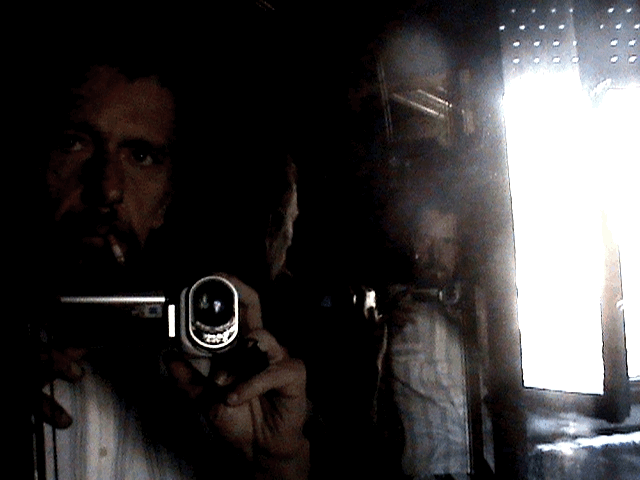
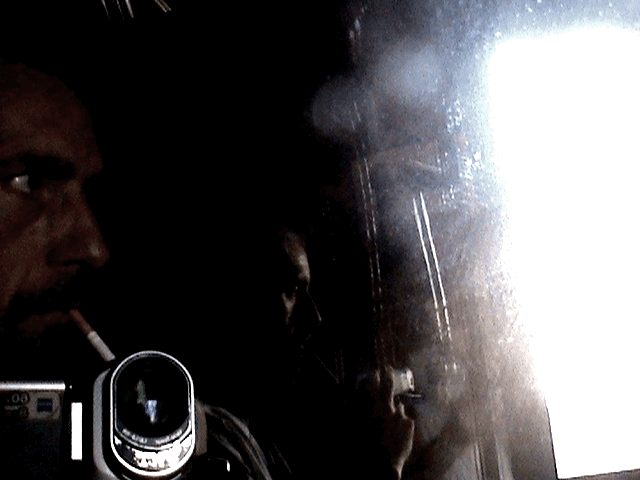
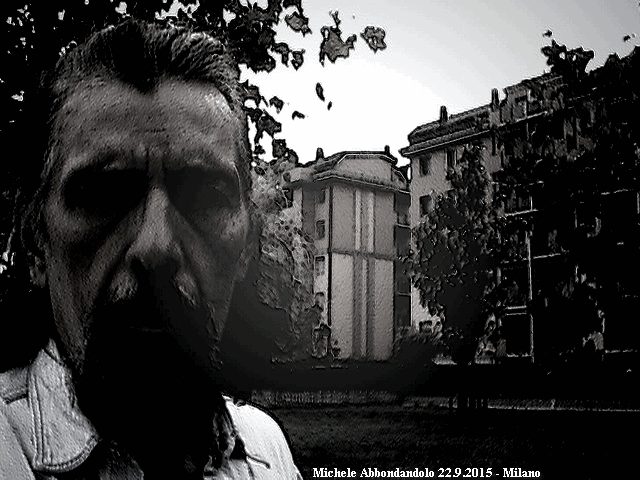
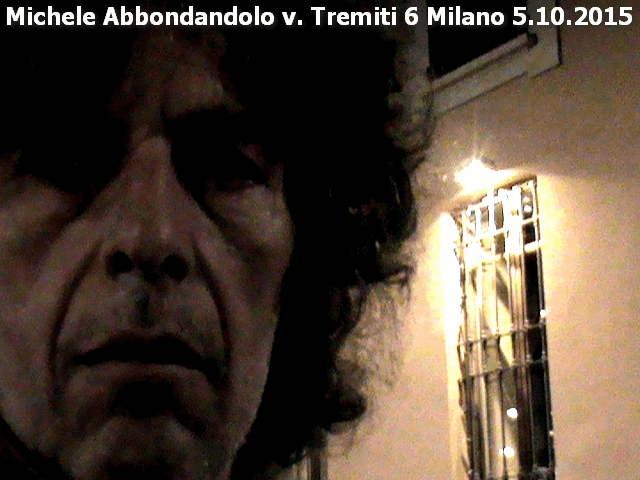
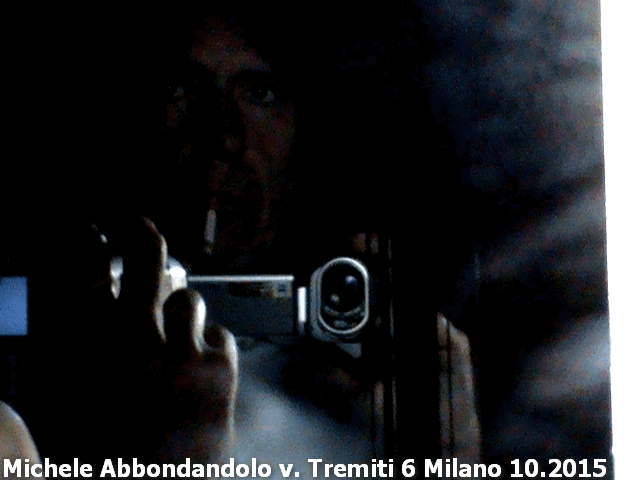
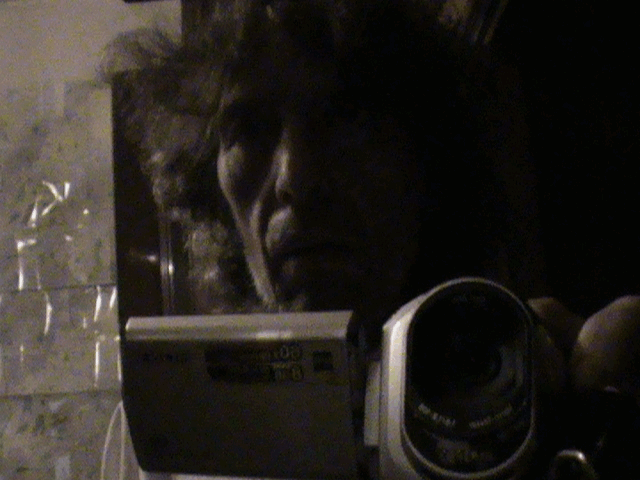
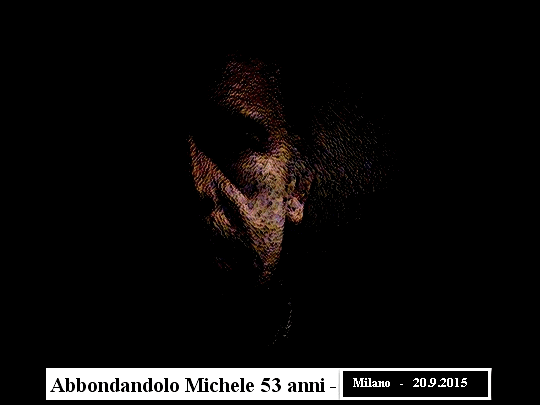
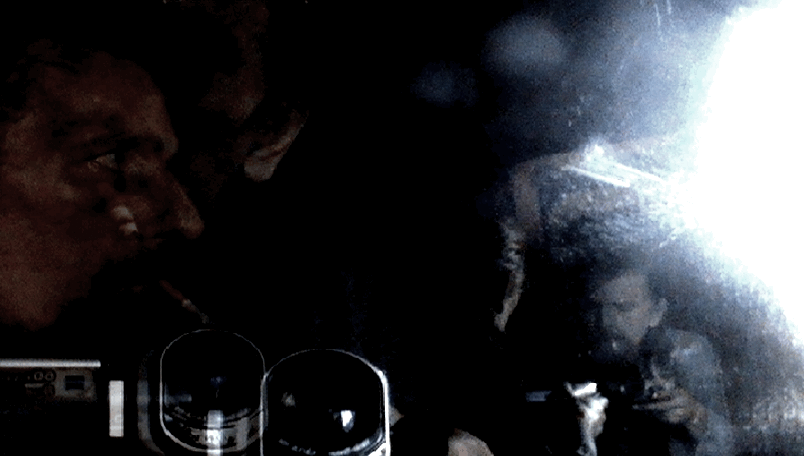

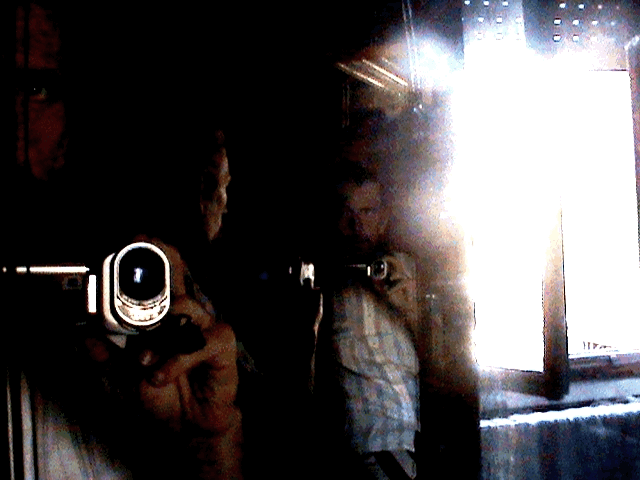
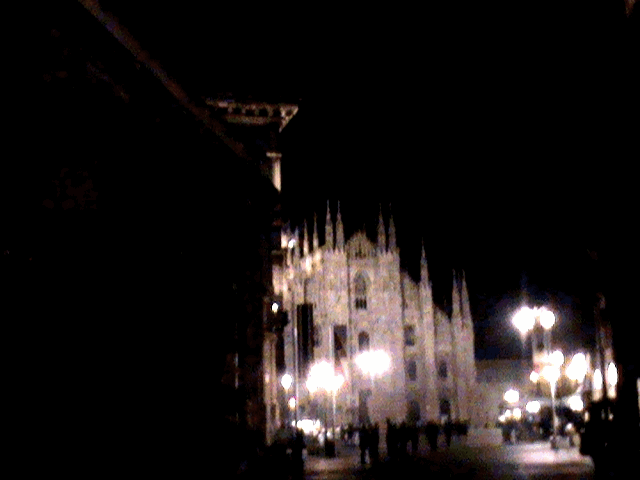
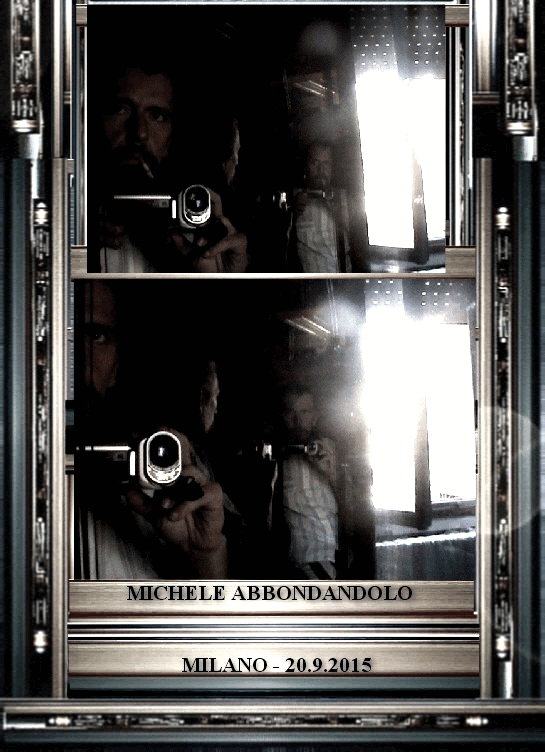


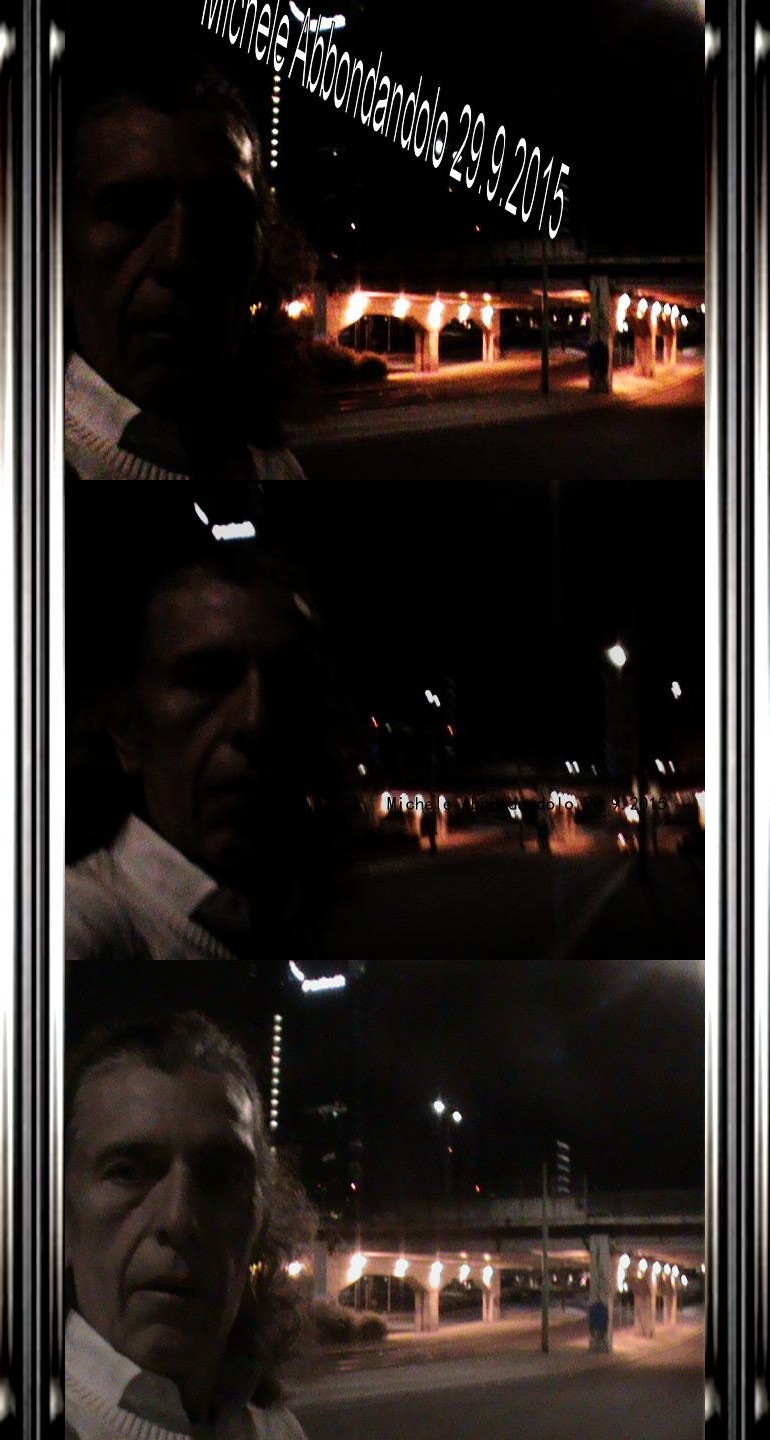

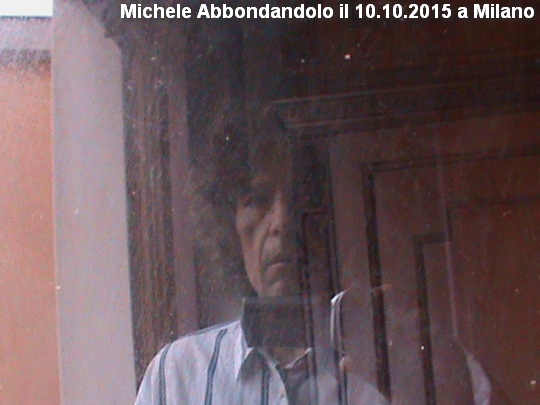
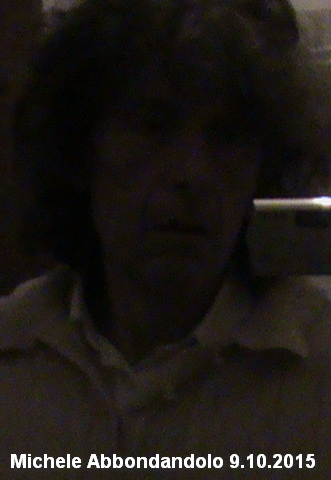

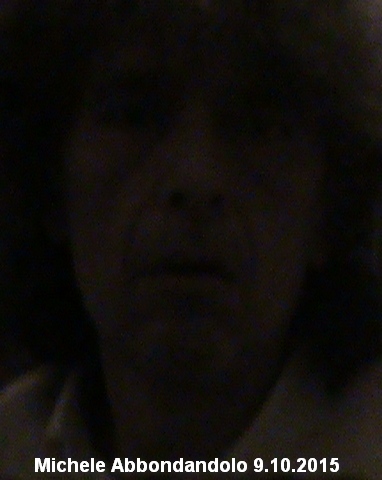
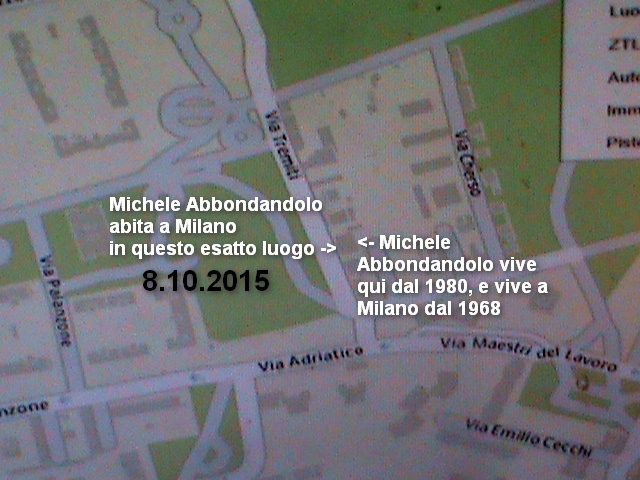
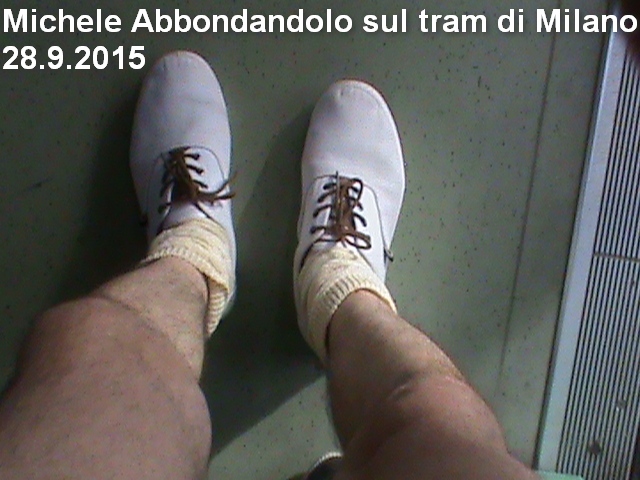 Dal 2001 bulldog per accoppiare 365 g. su 365 a Milano.
Dal 2001 bulldog per accoppiare 365 g. su 365 a Milano.
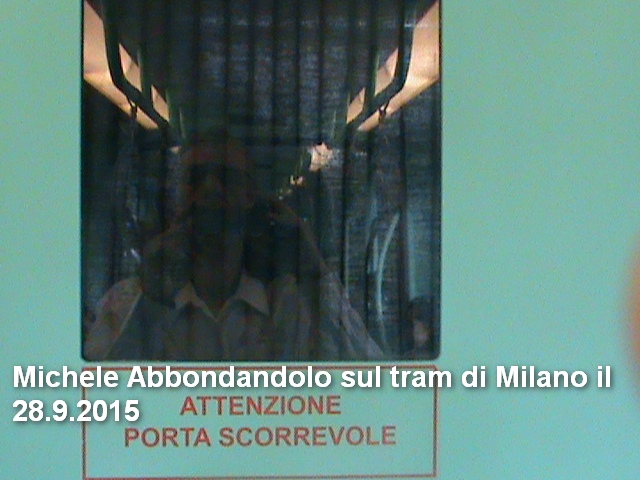 per cui sul sito belle fotografie dei quartieri di Milano dove uso stare.
1) P. Duomo, pure il 24.12 2) altri quartieri di Milano.
per cui sul sito belle fotografie dei quartieri di Milano dove uso stare.
1) P. Duomo, pure il 24.12 2) altri quartieri di Milano.
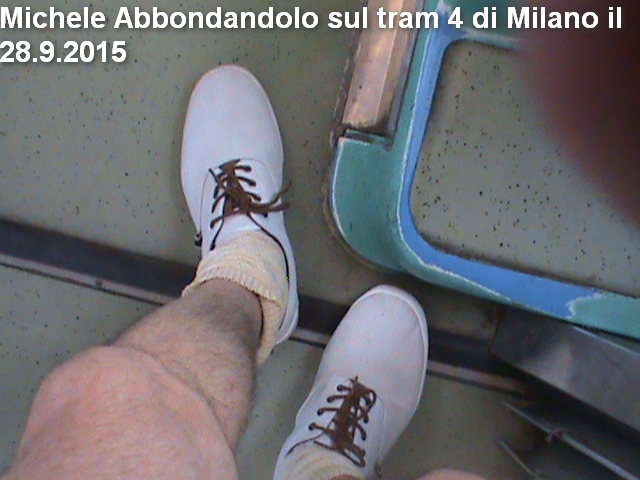
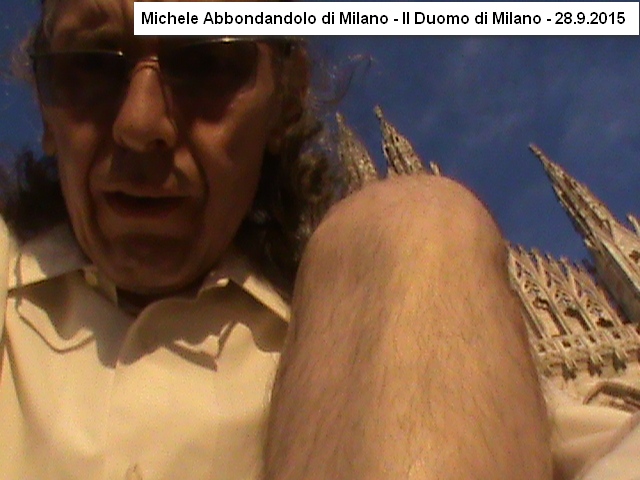
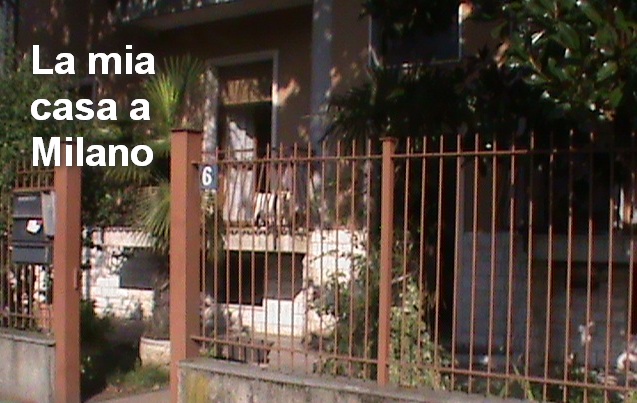
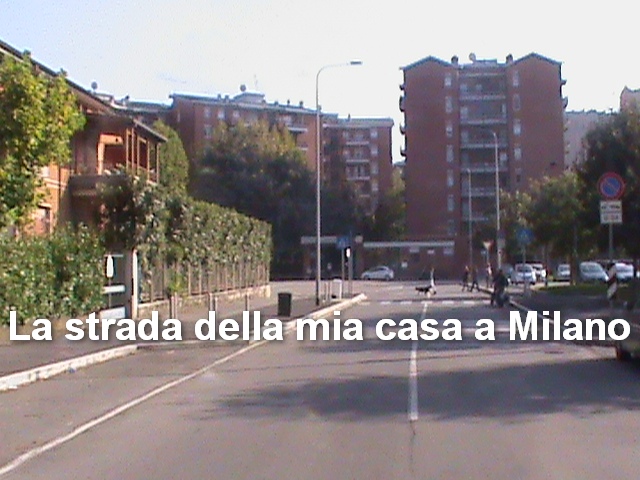
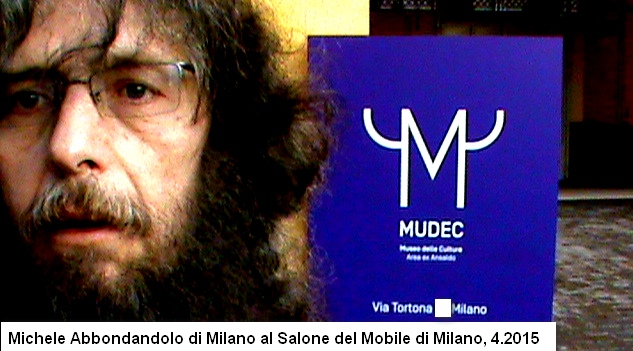
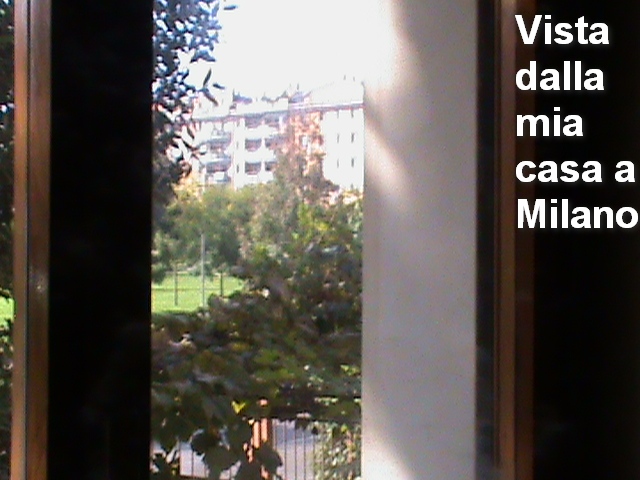
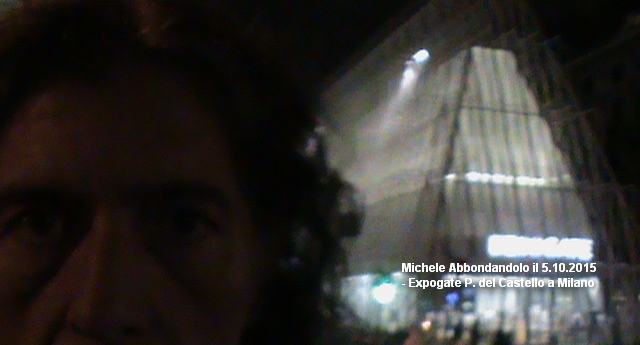
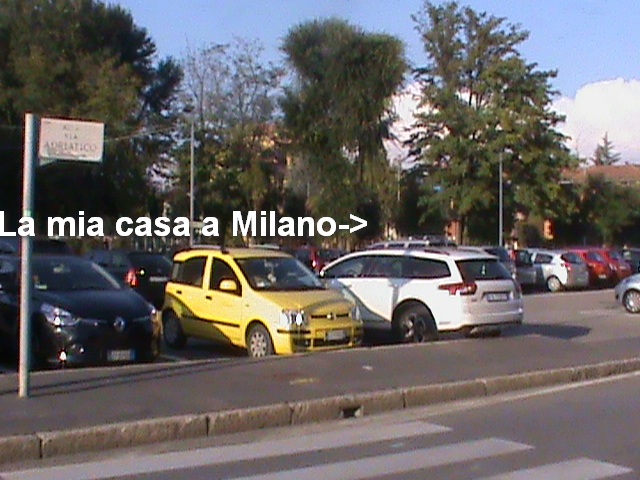
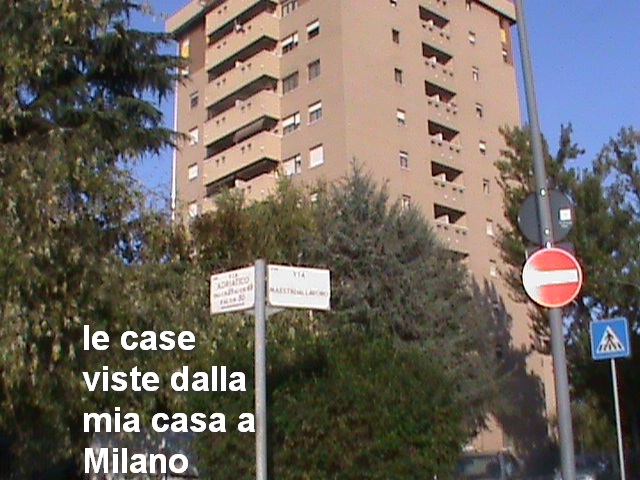
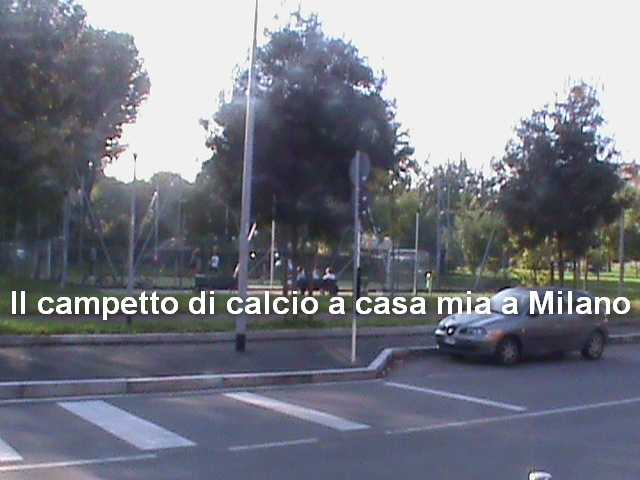
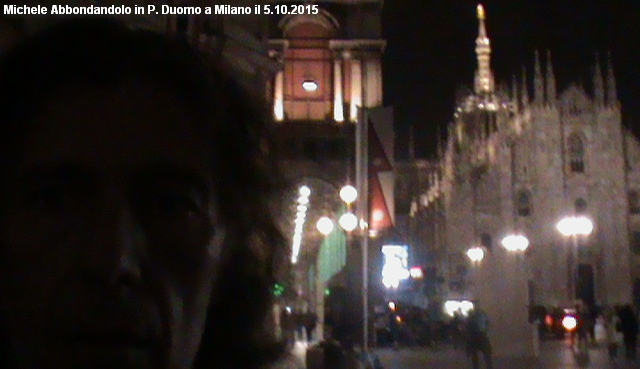

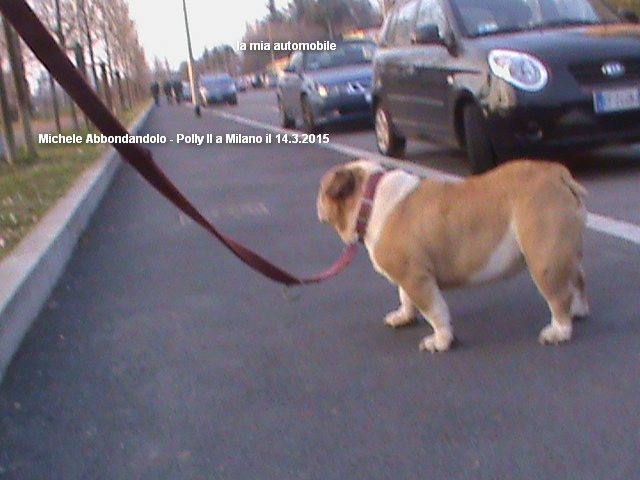
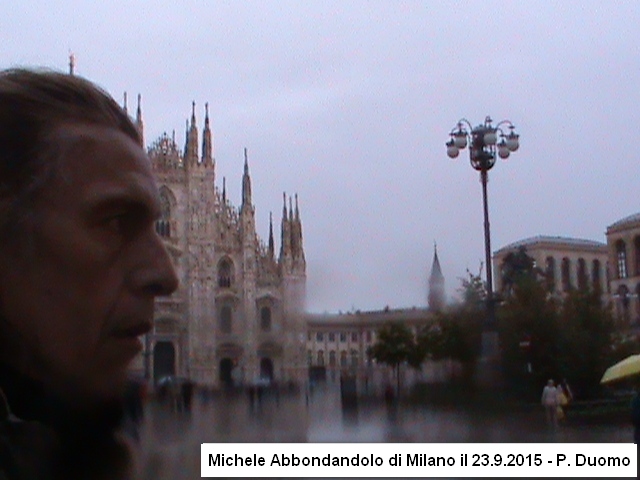
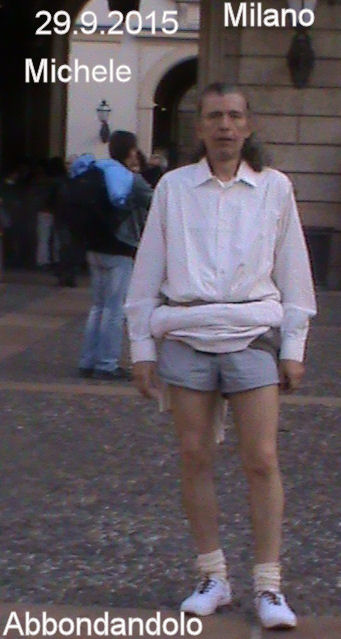

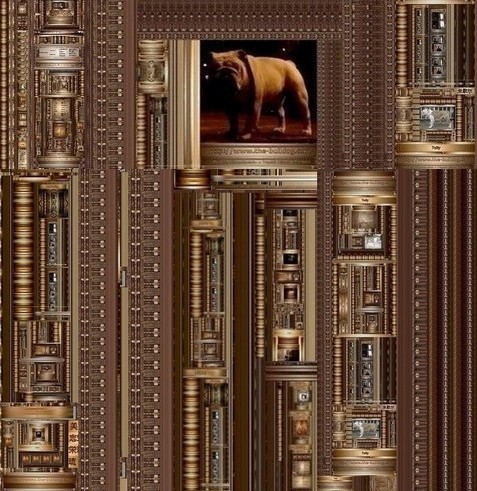


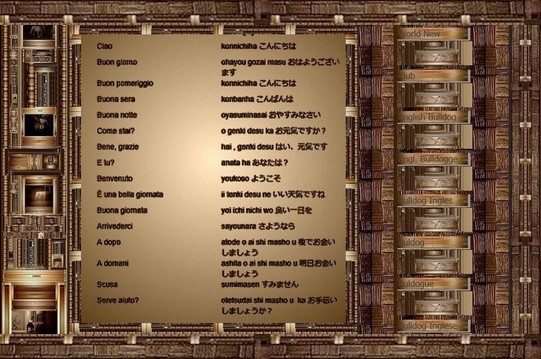

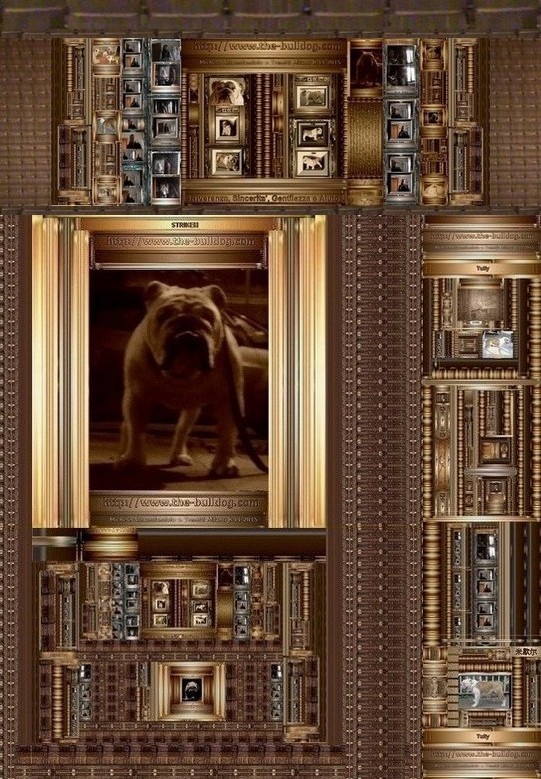
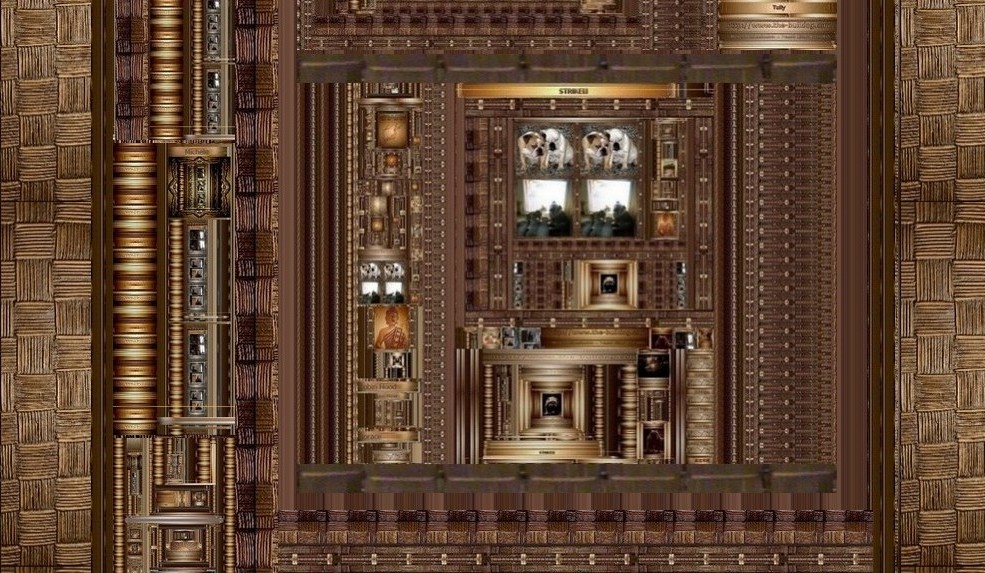
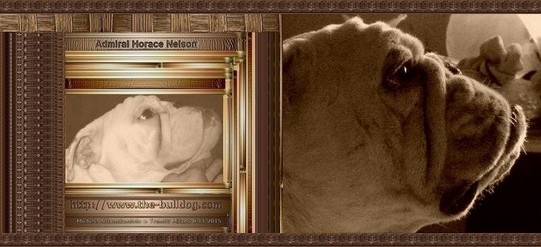
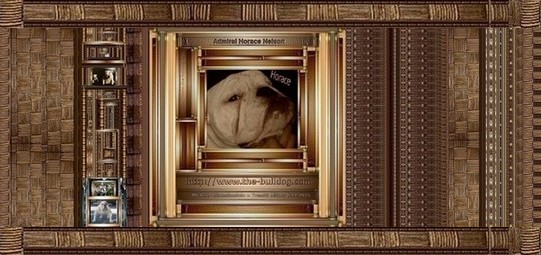
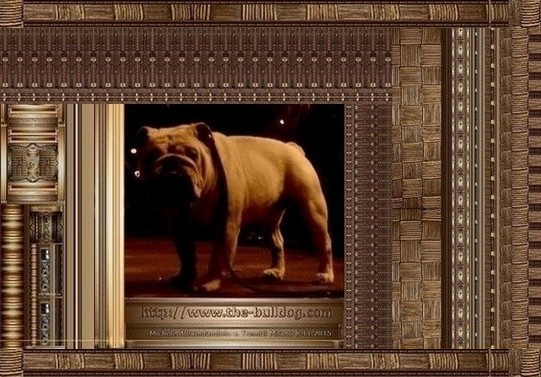
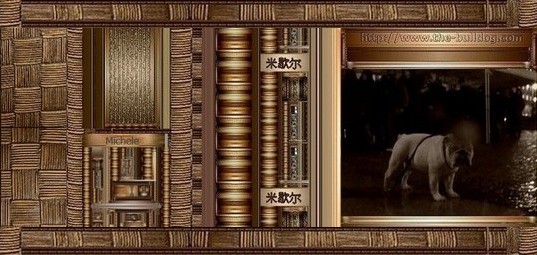
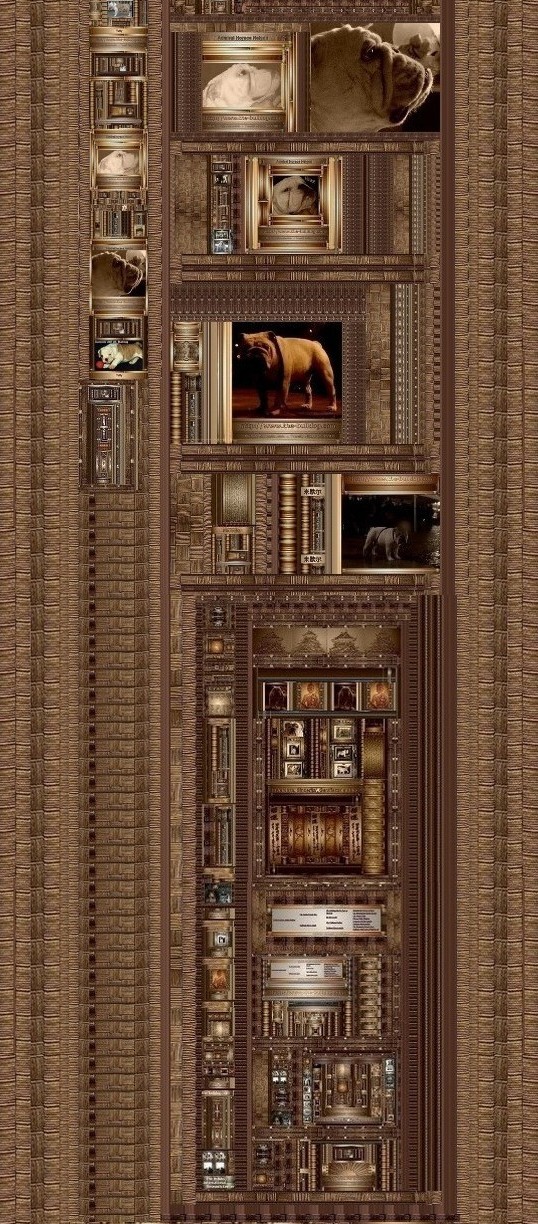

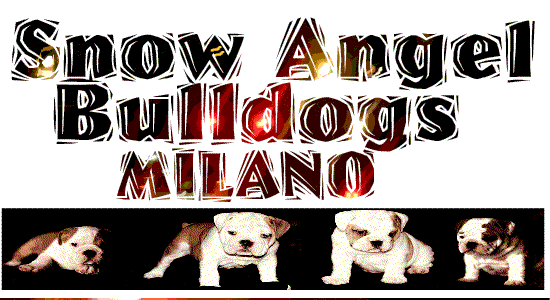
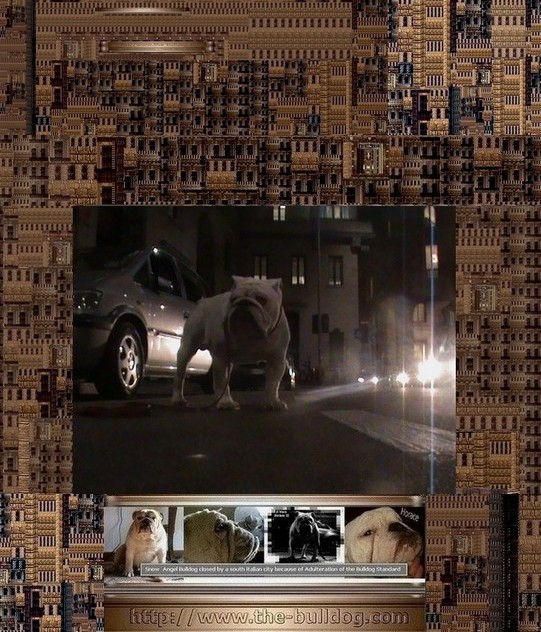
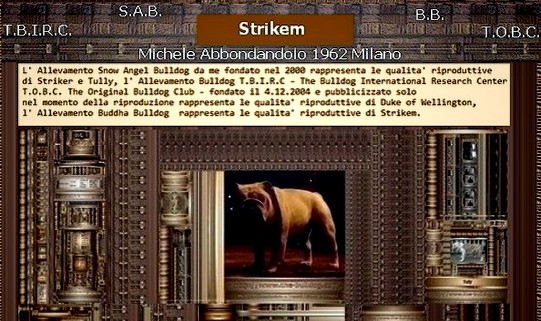 Happy Halleween 2023.
Happy Halleween 2023.
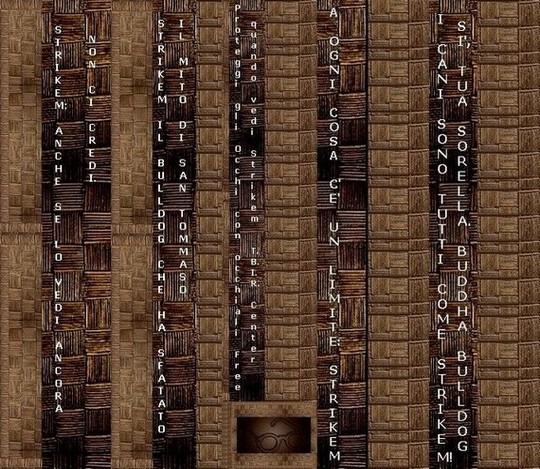

Webmaster Mike Va Ur, July 4, 1962.
- 2023 - Sept - 29.
-
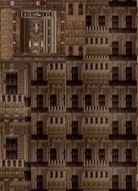
-


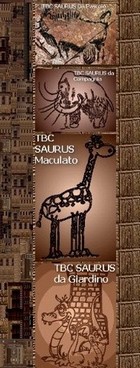
-
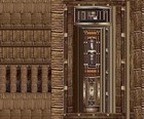


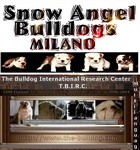 ___Homepage
___Homepage
 ___Languages
___Languages
 ___Mike Va Ur
___Mike Va Ur


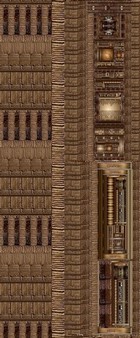

- Russian Borzoi
-

- Russian Dogs
-

-
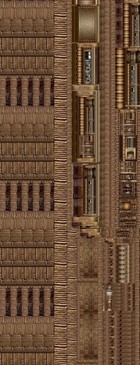


- Chinese Dogs
-

- Chinese Breeds
-

- Chinese Dog
-

- Chinese Dogs
-

- Chinese Breed
-
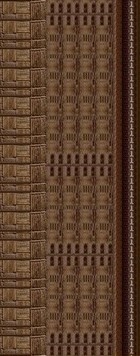
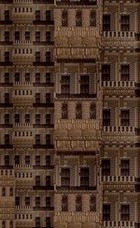
-

- China Dog
-

- Chinese Breedings
-

- China Dogs
-

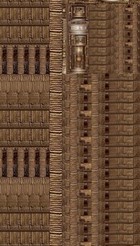
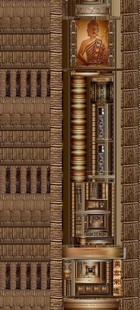
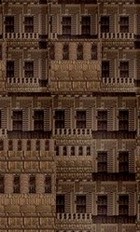
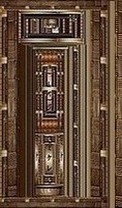
-

- Pug Dogs
-


-

- Breeds From China


-

- Chinese Breed
-

- Chinese Art
-
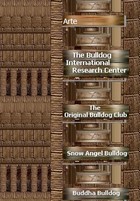
-

- Original Pug
-

- Guard Dogs
-

- Milano



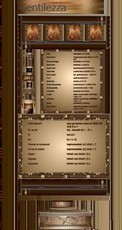
-




- British Bull

- World News
-

- Club


- Idioma
-

- English Bulldog
-

- Bulldog Ingles
-

- Buldog
-

- Buldogue
-

- Bulldog Inglese
-

- Bulldog Anglais
-

- ___Japam
-

- Abruzzo
-

- Basilicata
-

- Calabria
-

- Campania
-

- Friuli
-

- Emilia Romagna
-

- Lazio
-

- Liguria
-

- Lombardia
-

- Marche
-

- Molise
-

- Piemonte
-

- Puglia
-

- Sardegna
-

- Sicilia
-

- Toscana
-

- Trentino
-

- Umbria
-

- Veneto
-

- Val D'Aosta
-

-

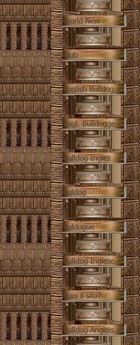
-

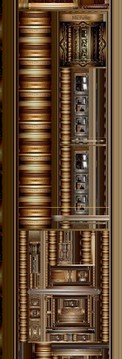
-

- Maculato
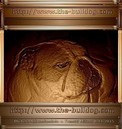
- __Killed by Law
-

- __Zed Garish
-

- the-bulldog.com
-


-
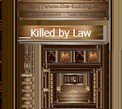
-

- Vuoi il sito?
-

- Robin Hood
-

- Strike
-

- Tully
-

- Jubilant
-

- Winston
-

- Little john
-

- Lord byron
-

- Polly

-
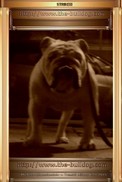
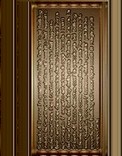
-
Mike Va
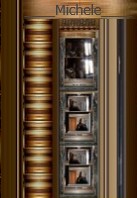
-

- ____Grafica
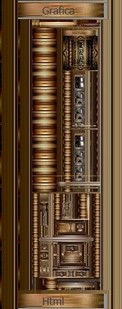
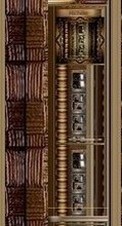 ____Html
____Html